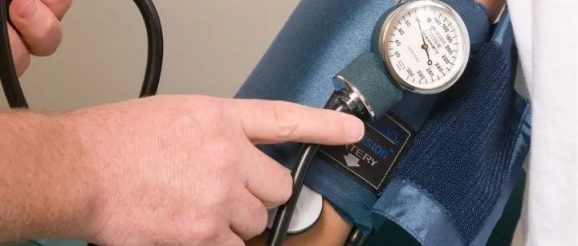Reducing blood pressure consistently using deep nerve stimulation – Innovation Toronto

A University of Houston biomedical engineer is expanding the study of wireless electrodes to treat hypertension and is reporting that blood pressure and renal sympathetic nerve activity (RSNA) is controlled by bioelectronic treatment. RSNA is often increased in hypertension and renal disease.
Romero-Ortega integrated a sub-millimeter nerve stimulation circuit with a novel nerve attachment microchannel electrode that facilitates implantation into small nerves and allows external power and DPNS modulation control.
Hypertension, often called the ‘silent killer’ speaks loudly in statistics. In the United States, it is the number one cause of death. Globally it is the number one risk factor for death, impacting more than 1 billion people and is to blame for about half of all stroke and heart related deaths. The American College of Cardiology/American Heart Association 2018 guidelines classified average systolic blood pressure as greater than 130 mmHg and diastolic BP greater than 80 mmHg, on at least two separate occasions, as hypertension.
While pharmacological treatments are effective, blood pressure remains uncontrolled in 50–60% of resistant hypertensive subjects. Unfortunately, despite the use of multiple antihypertensive drugs in combination, blood pressure remains poorly controlled in 50–60% of the hypertensive population and approximately 12–18% of them develop resistant hypertension, defined as blood pressure greater than 140/90 mmHg despite the use of antihypertensive drugs.
A University of Houston biomedical engineer is expanding the study of wireless electrodes to treat hypertension and is reporting that blood pressure and renal sympathetic nerve activity (RSNA) is …
Members of Discovery Health, monitored for about a year after contracting COVID-19, were more likely to seek care for the two chronic diseases.
